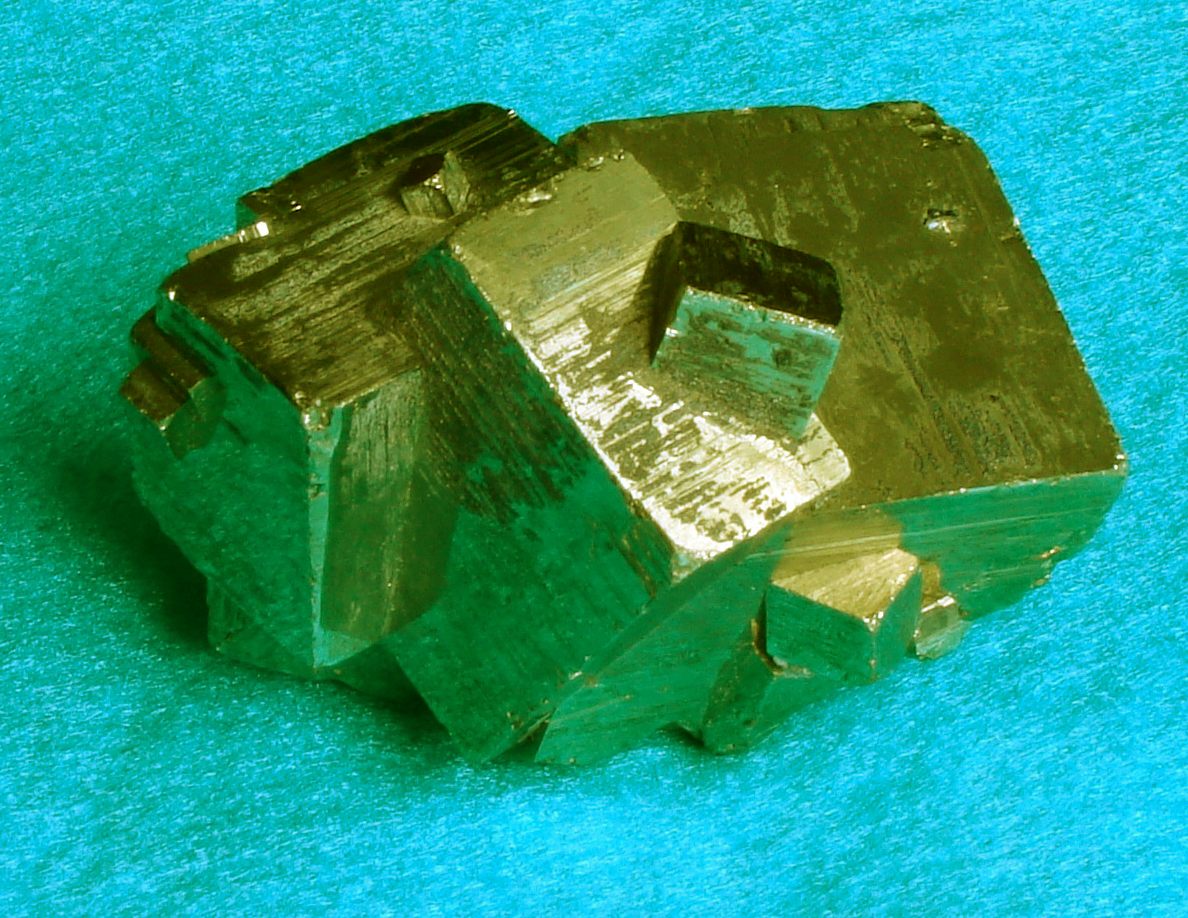Grey
I thought today’s humour was going to be Barbital, a lethal dose of which was used just after noon to put our dear little self-adoptive, semi-feral family member, Simon, a.k.a. Best Cat, “to sleep.” But Simon’s dying in my arms at the vet’s, following several days of surprisingly overwhelming grief after his terminal diagnosis earlier in the week, had a barbiturate effect of its own—I dropped onto the bed next to L. following a sad walk through a beautiful false-spring afternoon, and the next thing I knew, it was fifteen hours later. So “today” was now “tomorrow,” or vice versa, so a new humour was called for. But apart from the fact that I’ve already expected the ghost cat to appear at the back door, making his ghost “top of the morning” chirrup in passing en route to either the food cupboard or the bed (whichever struck his a.m. fancy more on a given day); and the fact that, in a year in which a lot has gone wrong or at least been very, very difficult for me and those around me, Simon’s care was one of the few things that had seemed to be going right; I really can’t find any more words to add to the literature of grief, or even the literature of pet grief (check it out—24,000 Google matches).
So I’m just going to proclaim “Grey” the Humour of the Day—not as metaphor of my mood, or even because the sky’s taken on that color in the 24 hours since Simon’s death (grey and rainy all day here in Berkeley), but simply because Simon himself was greyer-than-grey, from nose-tip to tail-tip. And in his honor, in lieu of more words, a photo-essay on grey, collected in tonight’s rain (of which he would certainly not have approved).









Simon
a.k.a. "Best Cat"

I thought today’s humour was going to be Barbital, a lethal dose of which was used just after noon to put our dear little self-adoptive, semi-feral family member, Simon, a.k.a. Best Cat, “to sleep.” But Simon’s dying in my arms at the vet’s, following several days of surprisingly overwhelming grief after his terminal diagnosis earlier in the week, had a barbiturate effect of its own—I dropped onto the bed next to L. following a sad walk through a beautiful false-spring afternoon, and the next thing I knew, it was fifteen hours later. So “today” was now “tomorrow,” or vice versa, so a new humour was called for. But apart from the fact that I’ve already expected the ghost cat to appear at the back door, making his ghost “top of the morning” chirrup in passing en route to either the food cupboard or the bed (whichever struck his a.m. fancy more on a given day); and the fact that, in a year in which a lot has gone wrong or at least been very, very difficult for me and those around me, Simon’s care was one of the few things that had seemed to be going right; I really can’t find any more words to add to the literature of grief, or even the literature of pet grief (check it out—24,000 Google matches).
So I’m just going to proclaim “Grey” the Humour of the Day—not as metaphor of my mood, or even because the sky’s taken on that color in the 24 hours since Simon’s death (grey and rainy all day here in Berkeley), but simply because Simon himself was greyer-than-grey, from nose-tip to tail-tip. And in his honor, in lieu of more words, a photo-essay on grey, collected in tonight’s rain (of which he would certainly not have approved).









a.k.a. "Best Cat"






